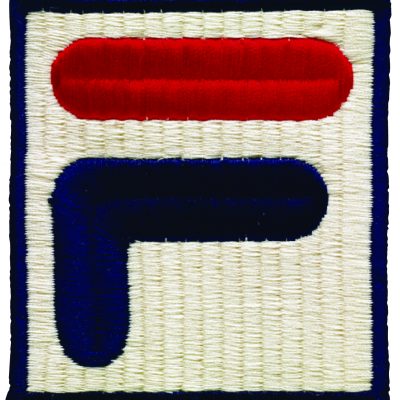
EFHA World 31.05.2021
28.09.2018
1970s1980sEuropean fashionJapanese fashion
The first Japanese designer showing in London and Paris in the 1970s
Kansai Yamamoto born in Japan in 1944. He studied civil engineering at his local university, leaving in 1962 to study English. After graduating, Yamamoto enrolled at the Bunka Fashion College, and pursued a career in design: he opened his first boutique in Tokyo in 1968 and, in 1971, founded with two partners his own company, Yamamoto Kansai Company, Ltd.
His collections first debuted in the United States at Hess’s in Allentown Pennsylvania, a department store known for its controversial fashion shows. Then he Kansai Yamamoto showed in London in 1971, and was one of the first Japanese designer to move to Europe, a decade before Rei Kawakubo and Yohji Yamamoto started showing their collections in Paris.
His saturated patterns and exaggerated silhouettes were influenced by Japanese art and theatre. The construction of the silhouettes was pretty simple, while the prints and decorations showed his provenance and interest for the exuberant side of Japanese culture.
Yaamoto’s creations came to be linked with the chameleonic aesthetic of one of the major artists of our time, David Bowie. In fact, he commissioned the designer to create the wardrobe for the performances of him as Ziggy Stardust. The collection was made of widely printed kimonos, jumpsuits strange silhouettes, bodysuits made of synthetic and shiny materials, perfect for the stage. .
Kansai began showing his collection in Paris in 1975 and opened his first boutique there in 1977. He garnered critical success for taking to Europe the Japanese concept of basara, the love of colour, visibility and bold flamboyance. This put him in direct contrast with the aesthetic that later came too identify the work of the other Japanese designers showing in Paris. Rather than focus on a a single minimalist concept, Kansai’s designs are inspired by all periods of Japanese history and roam through Japanese art as a whole.
His prints and visual treatments echo the two-dimensional nature of much Asian art. The theatrically of Kansai’s style was inspired by all those periods of Japanese history that preferred exaggeration over demureness, and came to be one of the major trends of the period between 1970s and 1980s.
In the 1990s, fashion moved towards a more essential, simple and grungier vogue. Yamamoto felt there was no more space left for his ideas in this new fashion scene, and decided to present his final collection of clothes in 1992. After his final colllection however, he began staging what he called Super Shows,—sort of theatrical events that remind fashion shows fashion shows held in large public areas. The first was held in Moscow’s Red Square in 1993, and the subsequent went to India, Japan, Vietnam, and Berlin, almost a precursor to modern luxury Cruise collections.